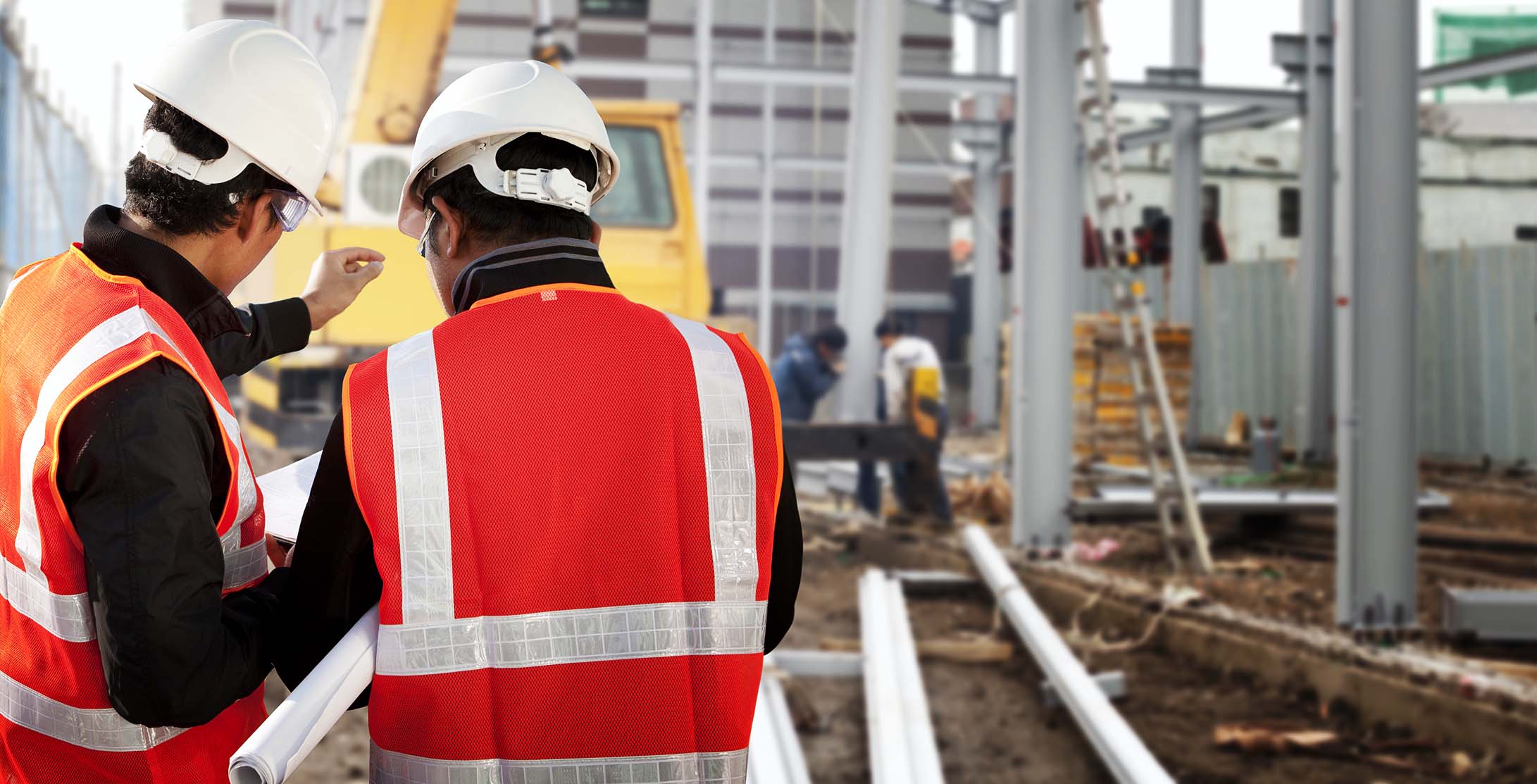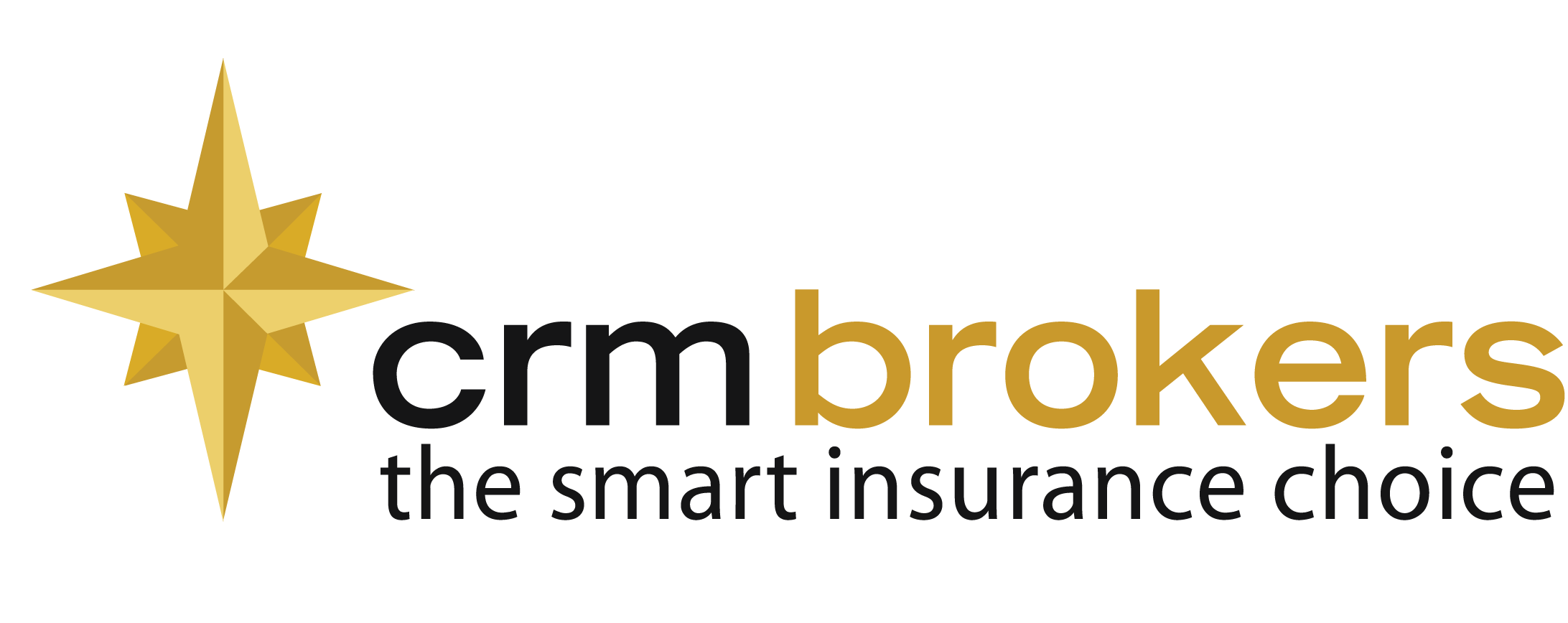
19 Jul Professional Indemnity Exposure for Design and Construct
Professional Indemnity Exposure for Design & Construct all linked to Aluminium Cladding.
On November 25th 2014, the 21 storey Lacrosse Building in Melbourne’s Docklands caught fire as a result of an unextinguished cigarette on an eighth-floor balcony. The fire spread rapidly and quickly reached the top of the building, fortunately causing no loss of life.
A subsequent investigation by the Victorian Building Authority (VBA) and the Melbourne Fire Brigade (MFB) determined that the fire was exacerbated by aluminum composite panels with a polyethylene core.
The VBA then audited 170 buildings in Melbourne with aluminum composite cladding and on 17th February 2016 released their report.
The VBA concluded that decisions made by different building practitioners at different stages (during design, material specification, design approval and construction) with different degrees of understanding of the requirements of the Building Code of Australia (BCA) contributed to the problem.
Building regulators in other states are now pursuing their own inquiries.
Professional Indemnity Liability exposures
Aluminum composite panels are not necessarily faulty or non-compliant for all uses but if they have a polyethylene core they cannot be considered non-combustible, and are therefore unsuitable for certain types of buildings (including high rise residential buildings) for which the BCA requires external walls to be non-combustible.
A typical professional indemnity insurance claim involving faulty building materials would therefore manifest as a mitigation / rectification claim as a result of actual or alleged negligent design or failure to correctly specify or verify building materials. However, class action claims and claims for inquiry costs are also a possibility.
Professional Indemnity policies affected
Policy types and professions that may be affected include:
- Specific project professional indemnity policies
- Design and Construct annual policies
- Professional indemnity insurance for architects, engineers and other building consultants (including policies which insure independent building inspection and/or certification activities).
Other cross-class and clash exposures
In addition to professional indemnity, this issue also potentially affects other lines of business:
- Construction, property and business interruption insurance (on the relevant buildings) will respond in the event that there is a fire causing property damage.
- Inherent defects insurance (although not widely sold in Australia) may respond.
- Construction and general (Public) Liability Insurance (held by the building owner) will respond in the event that there is third party property damage or bodily injury.
- Products liability and products recall insurance (held by the original, or the deemed manufacturer if the product is imported) may respond in the event that the relevant building products are actually faulty, or have been misrepresented for a particular application, or do not meet certain standards that they are represented to comply with.
Conclusion
The issue of flammable cladding has highlighted the potential impact of a faulty or non-compliant building product in the construction value chain. However, cladding is not the only building material with potential safety and performance issues to which the sector is exposed. Other recent examples within Australia include:
- Electrical cable that degrades over time leading to it becoming a potential fire hazard.
- Imported timber, steel, glazing, solar panels, and fire sprinklers.
The rising incidence of product failures is not due to the relaxation of actual building standards or product conformity codes. Rather, it is related to the flood of cheap, imported building materials into Australia (indeed globally) and the introduction of privatised building certification standards.
The best way for Policyholders to avoid being negatively impacted is by actively understanding their exposures and demonstrating their compliance with the BCA on both current and past projects.
For more information, please do not hesitate to contact your CRM Broker on 1300 880 494
Stay Informed – Connect with us on LinkedIn
Important Notice
This article provides information rather than financial product or other advice. The content of this article, including any information contained in it, has been prepared without taking into account your objectives, financial situation or needs. You should consider the appropriateness of the information, taking these matters into account, before you act on any information. In particular, you should review the product disclosure statement for any product that the information relates to it before acquiring the product.
Information is current as at the date the article is written as specified within it but is subject to change. CRM Brokers make no representation as to the accuracy or completeness of the information. Various third parties have contributed to the production of this content. All information is subject to copyright and may not be reproduced without the prior written consent of CRM Brokers.
Defect Remediation & Maintenance in Strata
Strata committees often ask why the presence of outstanding defects or maintenan...
27 February, 2025The Rising Risk of Tobacco Retailer Tenants for Strata and Property Owners
Earlier this year we wrote an article about high-risk tenants for strata and pro...
03 December, 2024Holiday Trading and After-Hours Information
CRM Brokers wishes you and your family a very Merry Christmas and we look forwar...
04 November, 2024The Importance of Police Reference Numbers for Claims
At CRM Brokers, we are committed to making our client’s claims experience ...
30 October, 2024





